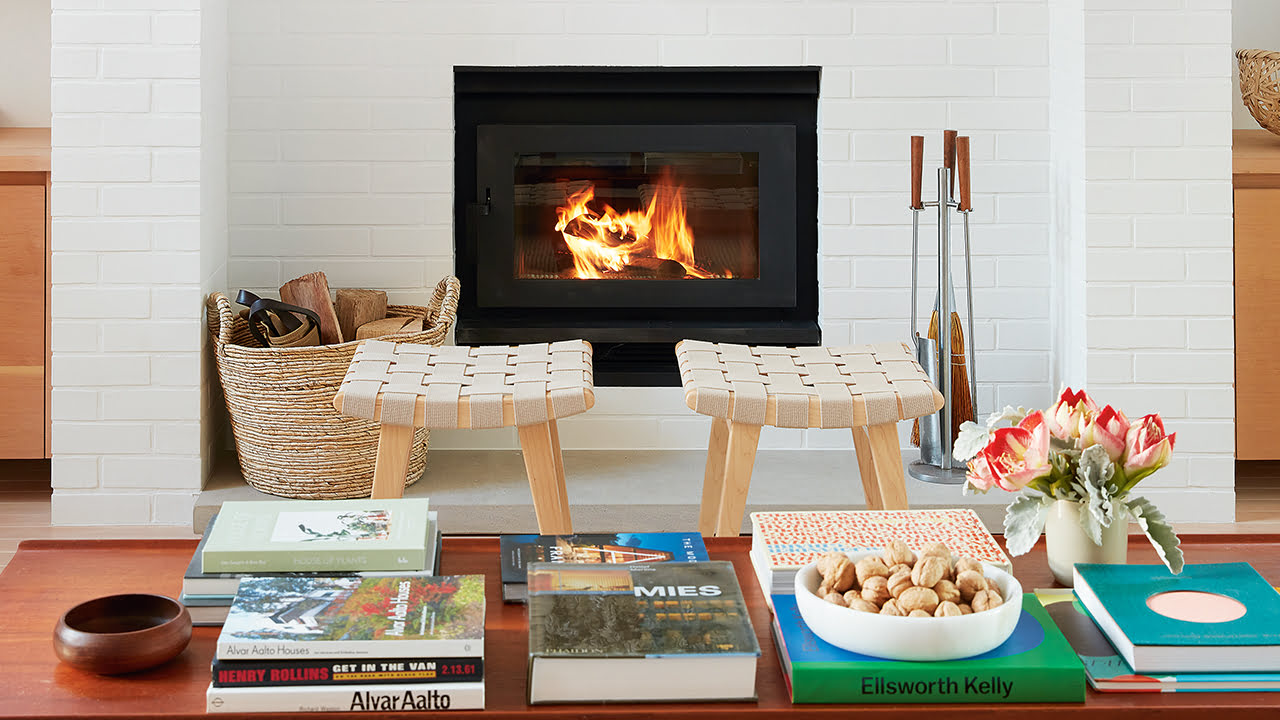

Articles
How To Heat A House With A Fireplace
Modified: October 20, 2024
Learn how to efficiently heat your house with a fireplace through our informative articles. Discover tips, tricks, and expert advice to keep your home warm and cozy during the colder months.
(Many of the links in this article redirect to a specific reviewed product. Your purchase of these products through affiliate links helps to generate commission for Storables.com, at no extra cost. Learn more)
Introduction
There’s something undeniably cozy and comforting about a fireplace. Aside from its aesthetic appeal, a fireplace can also be an efficient and cost-effective way to heat your house during the colder months. However, it’s important to approach fireplace heating with some know-how to ensure safety and maximize efficiency.
In this article, we will guide you through the process of heating your house with a fireplace. From choosing the right fireplace to properly maintaining it, we’ll cover all the essential steps to help you keep your home warm and toasty.
Before we dive into the details, it’s important to note that the methods discussed in this article are applicable to both traditional wood-burning fireplaces and modern gas fireplaces. However, be sure to follow the specific guidelines and safety precautions provided by the manufacturer for your specific fireplace model.
So, let’s get started and learn how to harness the warmth of a fireplace to heat your house effectively and efficiently.
Key Takeaways:
- Embrace the warmth and ambiance of a fireplace by choosing the right type for your home, properly preparing it, and utilizing heat circulation methods to efficiently heat your house while prioritizing safety.
- Ensure a cozy and safe fireplace heating experience by following essential steps such as gathering firewood, building and maintaining a fire, and troubleshooting common issues with expert guidance when needed.
Read more: How To Circulate Heat From Fireplace
Choosing the Right Fireplace
When it comes to heating your house with a fireplace, the first step is to choose the right fireplace that suits your needs and preferences. There are several options available, each with its own pros and cons.
1. Traditional Wood-Burning Fireplace: This classic option adds charm and ambiance to any home. It requires a chimney for ventilation and uses wood as fuel. Wood-burning fireplaces can provide excellent heat output, but they require more maintenance and can be less energy-efficient compared to other options.
2. Gas Fireplace: Gas fireplaces are becoming increasingly popular due to their convenience and efficiency. They can run on either natural gas or propane and offer a clean, hassle-free heating solution. Gas fireplaces are more energy-efficient, produce less smoke and ash, and can be controlled with a thermostat or remote control.
3. Electric Fireplace: This option is the easiest to install and requires no venting or chimney. Electric fireplaces use electricity to generate heat and often come with realistic flame effects. While they may not provide as much heat as wood or gas fireplaces, they are a great choice for smaller spaces or apartments where installation of a traditional fireplace is not feasible.
Consider the size of the room you want to heat, your heating requirements, and your budget when choosing a fireplace. Consulting with a professional can also help you make an informed decision based on your specific needs.
Once you’ve chosen the type of fireplace, it’s time to prepare it for efficient heating. In the next section, we’ll discuss how to properly prepare your fireplace for heating your house.
Preparing the Fireplace
Before you start using your fireplace to heat your house, it’s important to properly prepare it. This not only ensures optimal performance but also enhances safety.
1. Clear the Area: Remove any flammable materials, such as furniture, drapes, or decorations, from the area surrounding the fireplace. Maintain a safe clearance of at least three feet to prevent accidental fires.
2. Check the Chimney: Inspect the chimney for any blockages, such as bird nests or debris. Clear any obstructions to allow proper airflow and prevent smoke or carbon monoxide from backing up into your home.
3. Clean the Fireplace: Remove any ash or soot from the fireplace and chimney. A clean fireplace improves airflow and reduces the risk of chimney fires. Consider hiring a professional chimney sweep for a thorough cleaning if needed.
4. Install Smoke and Carbon Monoxide Detectors: It’s essential to have working smoke and carbon monoxide detectors installed near your fireplace and throughout your home. Test them regularly to ensure they are functioning properly.
5. Install a Screen or Glass Doors: Adding a screen or glass doors to your fireplace can prevent sparks and embers from escaping and causing accidents. Make sure they are securely installed and properly sealed to keep the fire contained.
6. Install Heat-Resistant Materials: Use heat-resistant materials, such as a non-combustible hearth pad or fire-resistant wall panels, to protect the area around the fireplace from heat damage.
By following these preparation steps, you can ensure that your fireplace is ready to safely and efficiently heat your house. In the next section, we will discuss how to gather firewood for your wood-burning fireplace.
Gathering Firewood
If you have a wood-burning fireplace, gathering firewood is an essential step in the process of heating your house. Here are some tips to help you gather and store firewood effectively:
- Choose the Right Type of Wood: Opt for hardwoods like oak, maple, or birch, as they burn longer and produce more heat compared to softwoods.
- Season the Wood: Green or freshly cut wood contains high moisture content, which makes it difficult to burn efficiently. Season your firewood by allowing it to dry for at least six months before using it. This ensures that the wood burns cleaner and produces more heat.
- Split the Wood: Splitting the firewood into smaller pieces helps it ignite faster and burn more evenly. Use a sturdy axe or a log splitter to split the wood into manageable sizes.
- Store the Firewood Properly: Keep the firewood stacked off the ground in a dry and well-ventilated area. Cover the top of the stack with a tarp or firewood cover to protect it from rain or snow, while allowing air circulation to prevent moisture buildup.
- Maintain a Firewood Supply: It’s important to have a sufficient supply of firewood on hand, especially during winter months. Consider stocking up on firewood during the warmer months to ensure a steady supply throughout the heating season.
Remember to only use firewood that has been properly seasoned and is dry to get the most efficient and effective heat output from your fireplace. In the next section, we’ll discuss the steps to build a fire in your fireplace for heating your house.
Building a Fire
Building a fire in your fireplace is both an art and a science. Following the right steps will help you create a well-balanced fire that generates optimal heat for heating your house. Here’s how to do it:
- Clean the Fireplace: Before building a fire, remove any remaining ash from the previous fire. Use a fireplace shovel or vacuum designed for fireplace use to clean out the firebox.
- Open the Damper: Ensure that the damper is fully open before starting the fire. The damper controls the airflow and allows smoke to escape through the chimney.
- Arrange the Firewood: Place two large logs at the back of the fireplace, parallel to the back wall. Create a base layer of crumpled newspaper or small twigs in front of the logs and stack smaller pieces of firewood on top in a crisscross pattern.
- Ignite the Fire: Use a long-reach lighter or fireplace matches to light the paper or twigs at the base of the stack. To promote better airflow, hold the lit match or lighter near the damper opening for a few seconds before bringing it close to the firewood.
- Manage the Fire: As the fire starts to burn, adjust the airflow by partially closing the damper to maintain a steady flame. Add additional firewood as needed to keep the fire going.
- Use Fire Starters: To make fire-building easier, consider using commercially available fire starters or natural alternatives like fatwood or pine cones. These can help ignite the fire faster and improve its overall performance.
Building a fire requires practice and patience. Experiment with different wood arrangements and techniques to find what works best for your fireplace. Once your fire is burning steadily, you can focus on maintaining a constant heat. We’ll discuss this in the next section.
Use seasoned hardwood for a cleaner burn and more efficient heat output. Keep the damper open to ensure proper airflow, and use a fireplace screen to prevent sparks. Regular chimney cleaning is essential for safety and efficiency.
Read more: How To Get More Heat Out Of The Fireplace
Maintaining a Constant Heat
Once you have a fire burning in your fireplace, it’s crucial to maintain a constant heat to effectively warm your house. Here are some tips to help you regulate and sustain the heat:
- Add Firewood Regularly: Keep a steady supply of firewood nearby so you can add logs to the fire as needed. This helps maintain a consistent flame and heat output.
- Avoid Overloading the Fireplace: While it may be tempting to add large amounts of firewood for a bigger fire, overloading the fireplace can restrict airflow and reduce efficiency. Add one or two logs at a time to maintain the proper balance.
- Monitor the Airflow: Adjust the damper as needed to control the airflow. A slightly open damper allows for proper ventilation without letting too much heat escape up the chimney.
- Use Fireplace Tools: Keep a set of fireplace tools, including a poker and tongs, nearby. These tools allow you to reposition logs, adjust burning embers, and maintain a well-arranged fire for optimal heat output.
- Utilize Dampers or Air Controls: Some fireplaces come with dampers or air control mechanisms that allow you to regulate the amount of air entering the firebox. Experiment with these controls to find the ideal balance for maintaining a consistent heat.
- Consider Using a Fireplace Insert: Installing a fireplace insert is a great way to improve the efficiency and heat output of your fireplace. These inserts are designed to increase the heat transfer into your living space while reducing heat loss up the chimney.
By implementing these strategies, you can ensure that your fireplace maintains a steady, even heat to warm your house effectively. In the next section, we will explore heat circulation methods to distribute the warmth evenly throughout your home.
Utilizing Heat Circulation Methods
When using a fireplace to heat your house, it’s important to distribute the warmth evenly to maximize its effectiveness. Here are some heat circulation methods you can utilize:
- Ceiling Fan: If you have a ceiling fan in the room, set it to rotate clockwise at a low speed. This will help push the warm air down towards the floor, creating a more comfortable and evenly heated space.
- Heat-Activated Fans: Consider using heat-activated fans, also known as fireplace blowers or heat circulators. These fans are designed to sit on top or at the front of the fireplace and help distribute the heat throughout the room more effectively.
- Heat Transfer Systems: Install a heat transfer system, such as a heat exchanger or a heat duct, to move the warm air from the fireplace to other areas of your house. These systems capture the heat produced by the fireplace and distribute it through vents or ducts to heat other rooms or floors.
- Doorway Fans: Use doorway fans to encourage warm air to flow into adjacent rooms. These fans are placed in the doorway and help push the warm air from the fireplace into other areas of the house.
- Fireplace Grates with Built-in Fans: Invest in a fireplace grate with built-in fans. These grates are designed to increase the efficiency of your fireplace by capturing and circulating the heat that would otherwise be lost through the chimney.
By utilizing these methods, you can ensure that the warmth generated by your fireplace reaches all areas of your house, creating a cozy and comfortable atmosphere throughout. However, it’s essential to prioritize safety when using a fireplace for heat circulation. Let’s discuss important safety precautions in the next section.
Safety Precautions
When using a fireplace to heat your house, safety should be your top priority. Follow these essential safety precautions to ensure a secure and enjoyable experience:
- Install Smoke and Carbon Monoxide Detectors: As mentioned earlier, make sure you have working smoke and carbon monoxide detectors installed near your fireplace and throughout your home. Test them regularly to ensure they are functioning properly.
- Keep a Fire Extinguisher Handy: Have a fire extinguisher readily available near the fireplace in case of emergencies. Make sure you know how to use it and that it is properly charged.
- Never Leave a Fire Unattended: Never leave a fire in the fireplace unattended. Always extinguish it completely before leaving the house or going to bed.
- Use a Fireplace Screen or Glass Doors: Install a fireplace screen or glass doors to prevent sparks and embers from escaping and causing potential fires or burns. Make sure they are securely installed and properly sealed.
- Keep Children and Pets Away: Create a safe zone around the fireplace and educate children and pets about the dangers associated with it. Supervise them closely when in the vicinity of the fireplace.
- Properly Dispose of Ashes: Allow ashes to cool completely before removing them from the fireplace. Use a metal ash bucket and store it away from flammable materials. Dispose of the ashes in a designated outdoor area.
- Regularly Inspect and Clean the Chimney: Schedule annual inspections and cleanings by a certified chimney sweep to remove creosote buildup and identify any potential hazards or issues.
- Follow Manufacturer’s Guidelines: Always follow the specific guidelines and safety instructions provided by the manufacturer of your fireplace model.
Prioritizing safety ensures that you can enjoy the warmth of your fireplace without any unnecessary risks. In the next section, we’ll address common issues and troubleshoot solutions to help you overcome any challenges you may encounter.
Troubleshooting Common Issues
While heating your house with a fireplace can be a rewarding experience, you may encounter some common issues along the way. Here are a few troubleshooting tips to help you overcome these challenges:
- Smoky Fireplace: If your fireplace is emitting excessive smoke into your home, it could be due to a variety of reasons. Check for any blockages in the chimney, such as debris or bird nests. Also, ensure that the damper is fully open and that the wood is properly seasoned.
- Difficulty Lighting a Fire: If you’re having trouble getting a fire started, make sure that you’re using dry and properly seasoned firewood. Consider using fire starters or kindling to help start the fire. Additionally, check for proper airflow by slightly opening the damper.
- Inconsistent Heat Output: If you’re experiencing inconsistent heat from your fireplace, it may be due to an improper fuel source or a lack of airflow. Ensure that you’re using dry and properly seasoned firewood, and adjust the damper to maintain proper airflow.
- Excessive Ash or Creosote: If you notice an excessive buildup of ash or creosote in your fireplace, it may be an indication of improper burning or a lack of regular cleaning. Make sure to clean your fireplace regularly and have it inspected and cleaned by a professional chimney sweep annually.
- Unpleasant Odors: If your fireplace emits unpleasant odors, it could be caused by a buildup of creosote, soot, or debris in the chimney. Schedule a professional chimney cleaning to remove the buildup and eliminate the odors.
If you’re experiencing persistent issues with your fireplace or are unsure how to troubleshoot a specific problem, it’s always recommended to seek the assistance of a professional fireplace technician or chimney sweep. They can provide expert guidance and ensure that your fireplace operates safely and efficiently.
With proper troubleshooting and maintenance, you can overcome these common issues and enjoy the warmth and comfort provided by your fireplace. In the next section, we’ll wrap up our discussion and summarize the key points we’ve covered.
Conclusion
Heating your house with a fireplace can be a practical and cost-effective solution, providing warmth and ambiance during the colder months. By following the steps outlined in this article, you can maximize the efficiency and safety of your fireplace heating system.
From choosing the right fireplace to properly preparing and maintaining it, each step plays a crucial role in ensuring optimal performance. Gathering firewood, building a fire, maintaining a constant heat, and utilizing heat circulation methods are all key elements in effectively heating your house with a fireplace.
However, it’s important to keep safety at the forefront of your fireplace heating experience. Follow the recommended safety precautions, such as installing smoke and carbon monoxide detectors, using a screen or glass doors, and properly disposing of ashes.
If you encounter any issues or challenges, refer to the troubleshooting tips provided to overcome them. Don’t hesitate to seek the assistance of a professional if needed, particularly for chimney inspections and cleanings.
Now that you have a comprehensive understanding of heating your house with a fireplace, you can confidently enjoy the warmth and coziness it brings to your home. Whether you have a traditional wood-burning fireplace or a modern gas fireplace, proper maintenance and usage will ensure a safe and efficient heating experience.
Stay warm and enjoy the benefits of your fireplace as you create lasting memories in the comfort of your own home.
Frequently Asked Questions about How To Heat A House With A Fireplace
Was this page helpful?
At Storables.com, we guarantee accurate and reliable information. Our content, validated by Expert Board Contributors, is crafted following stringent Editorial Policies. We're committed to providing you with well-researched, expert-backed insights for all your informational needs.
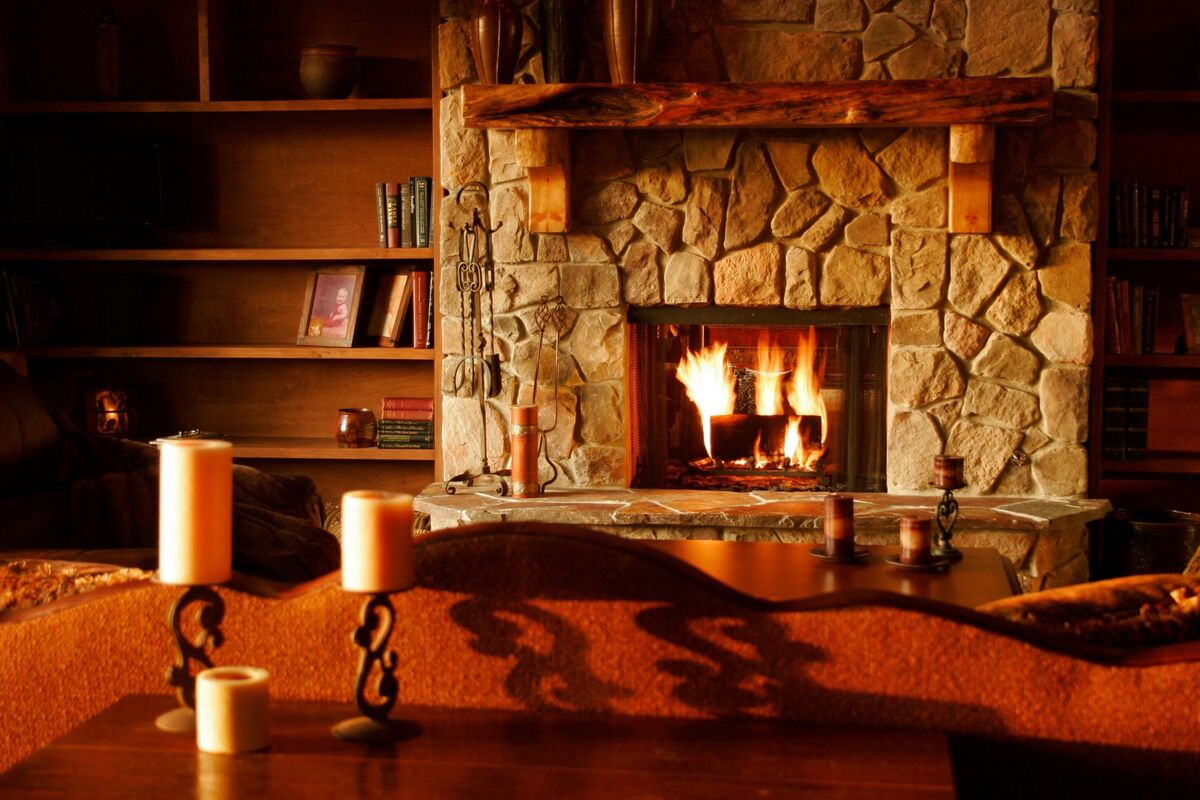
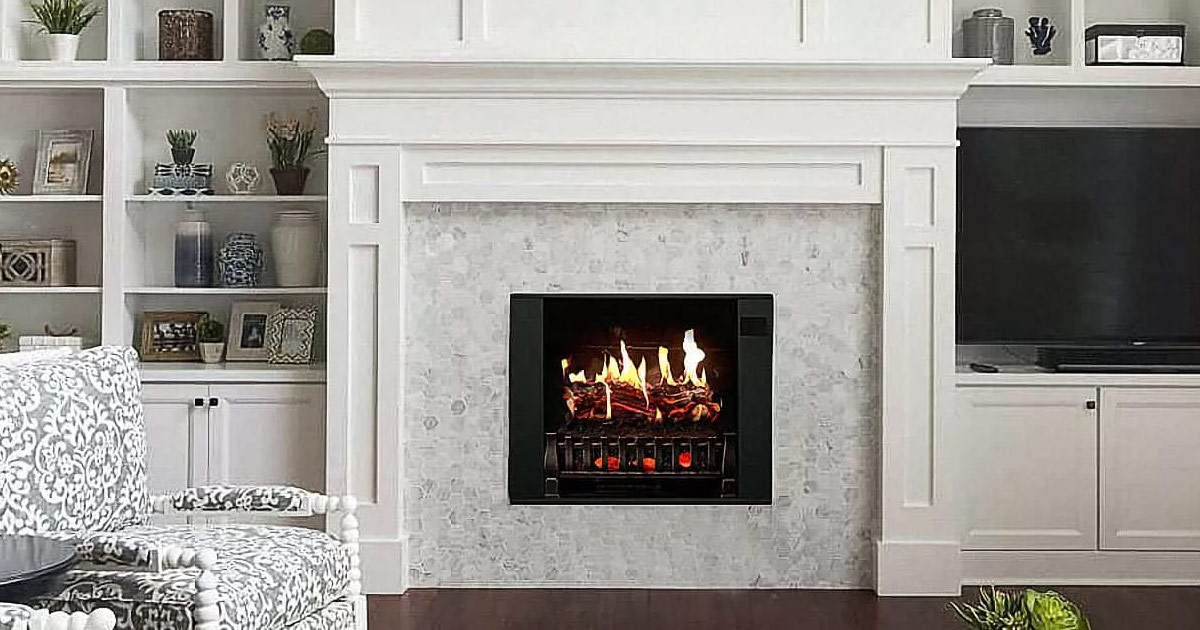
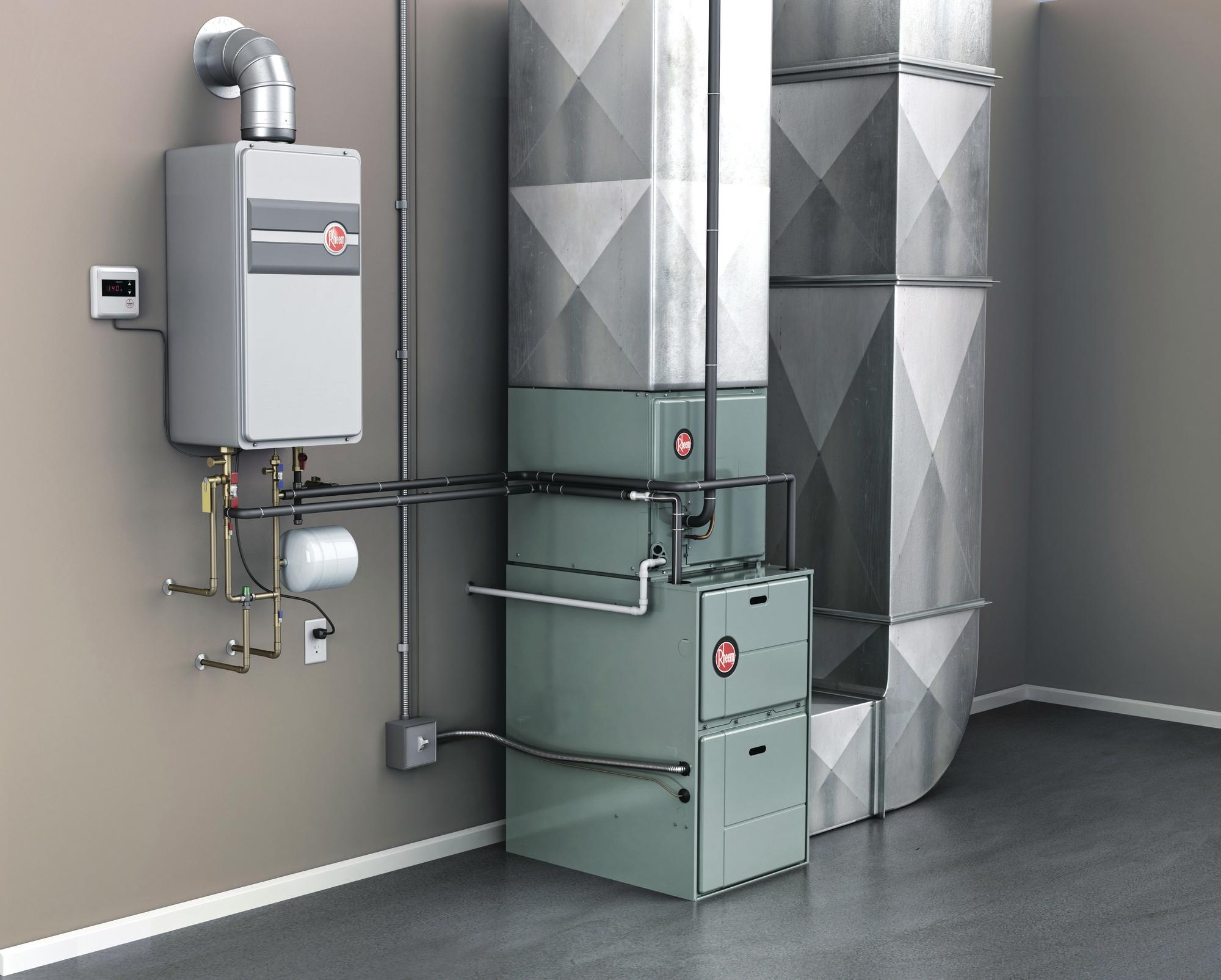

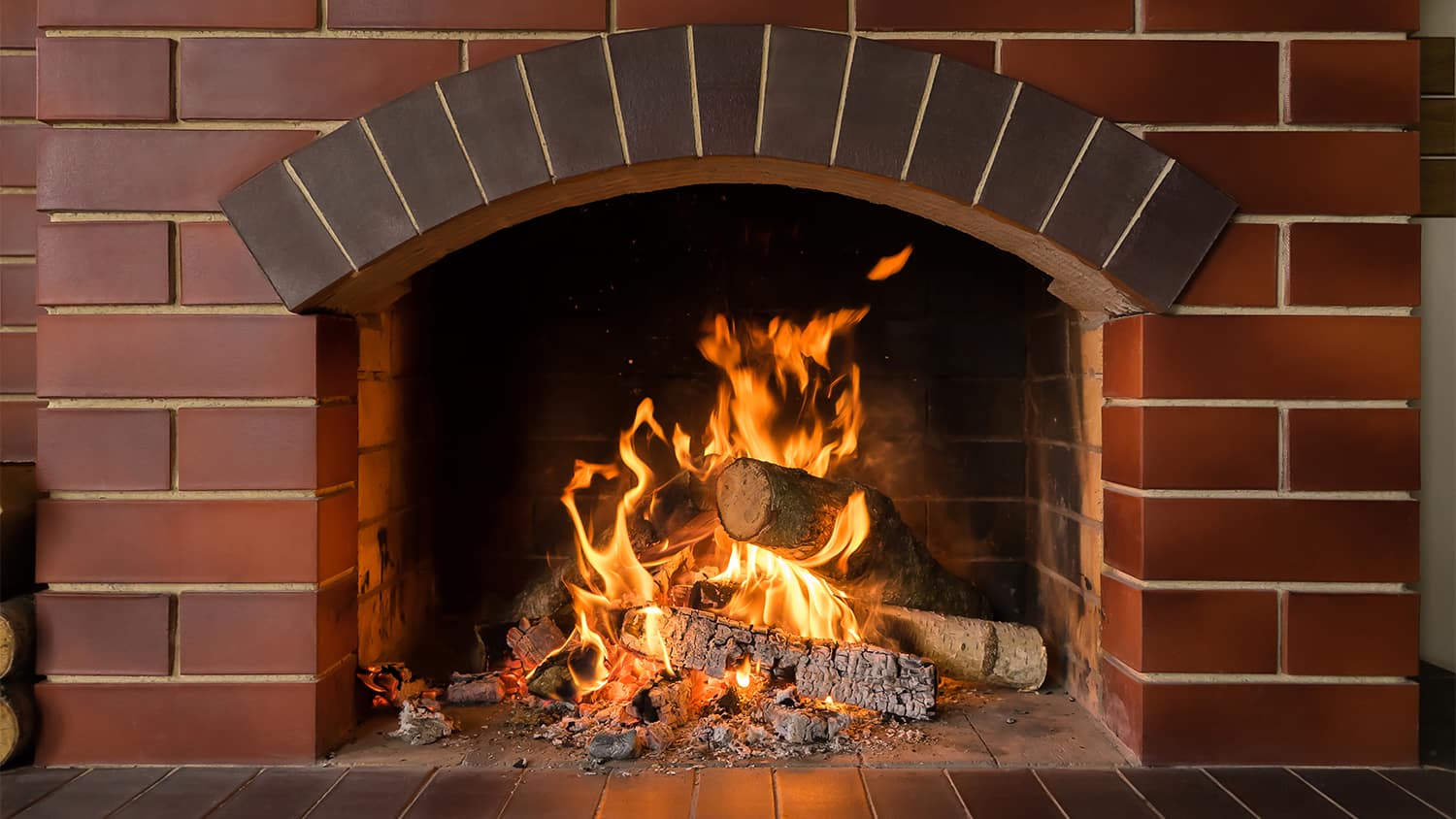
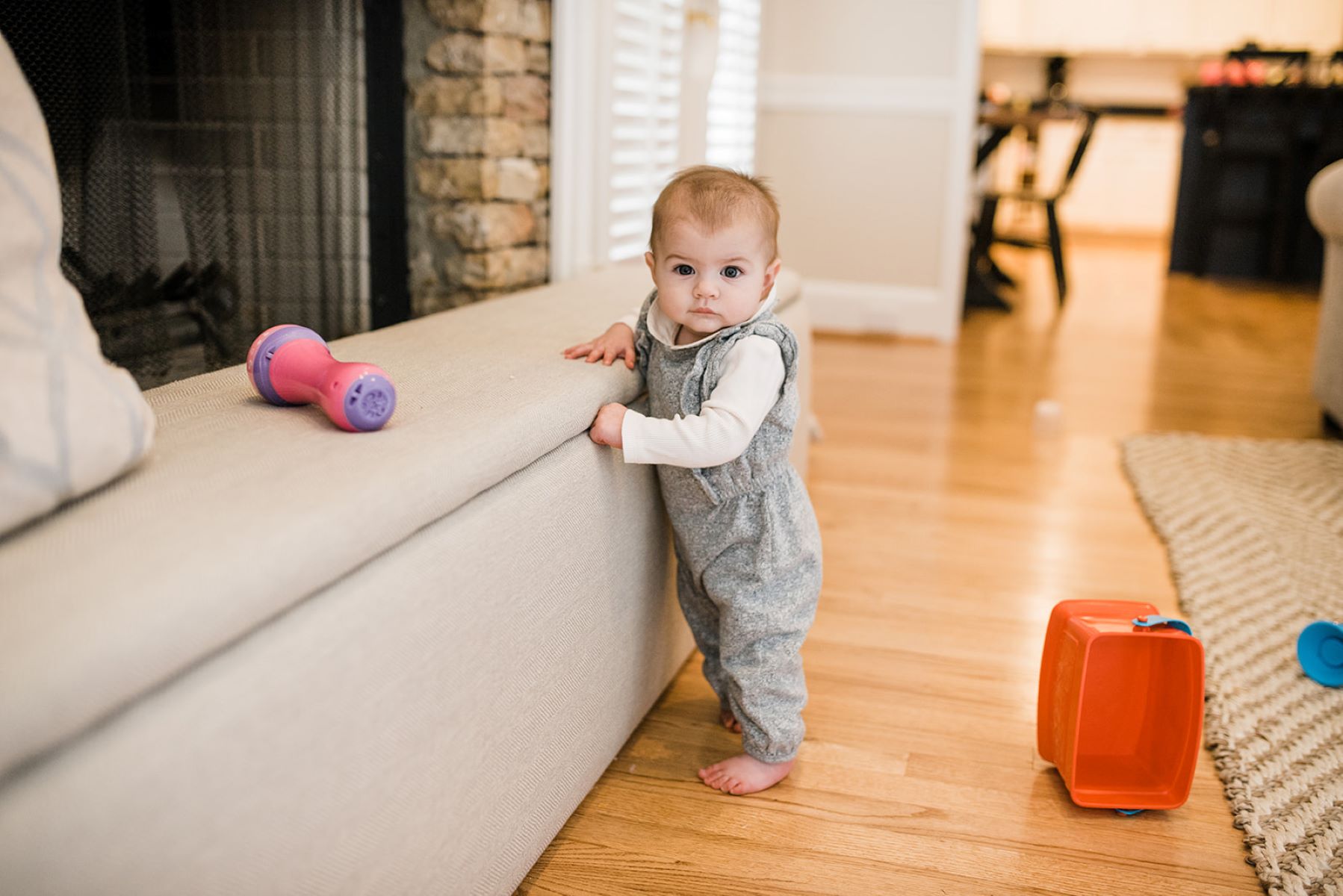
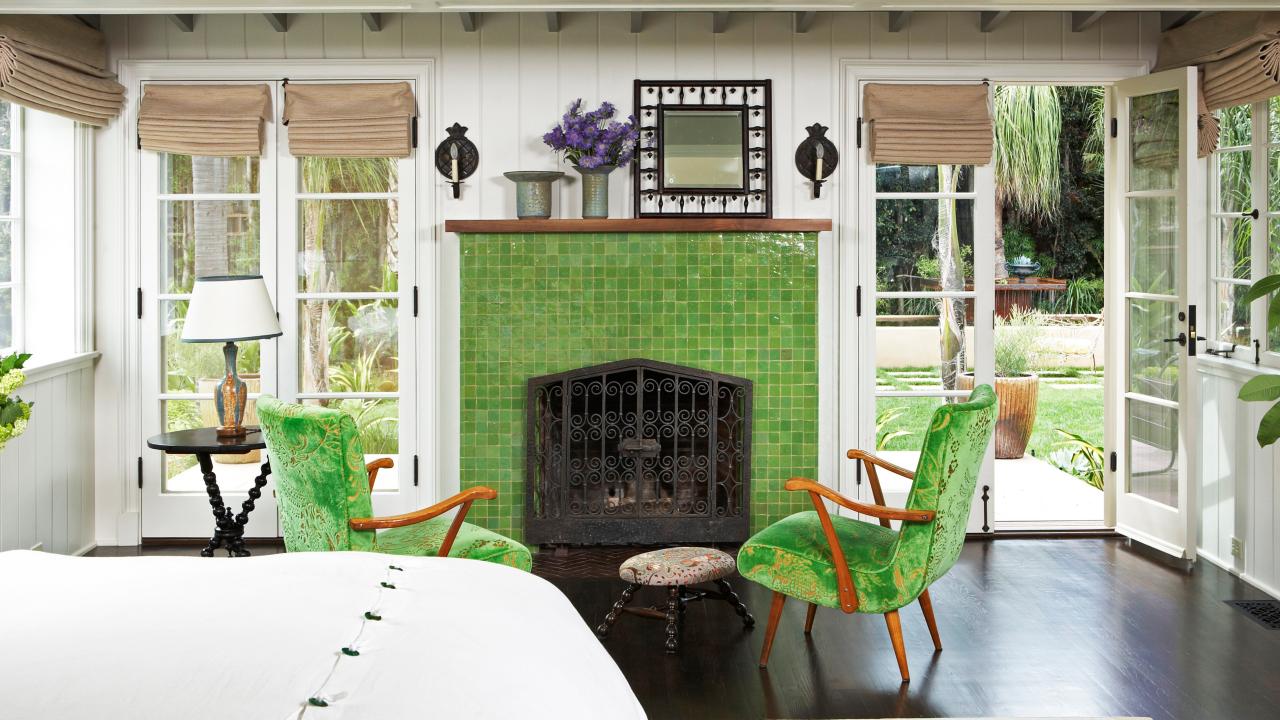
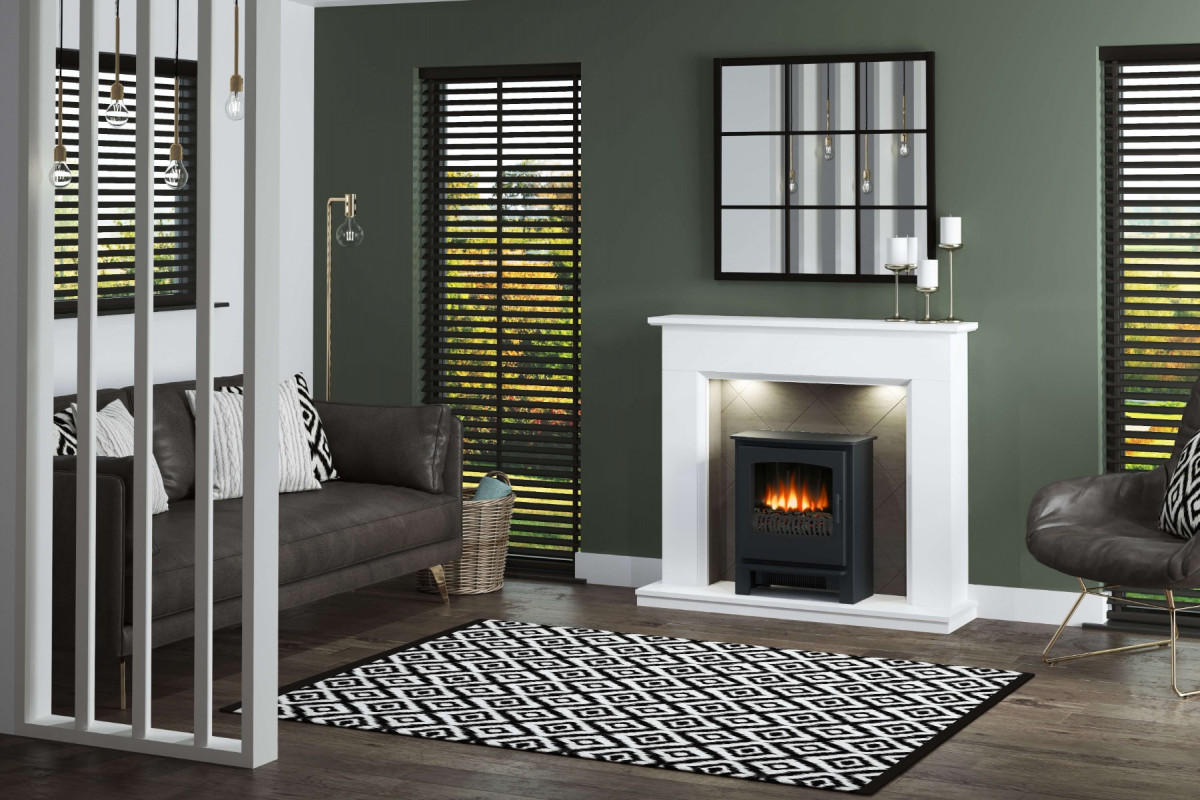
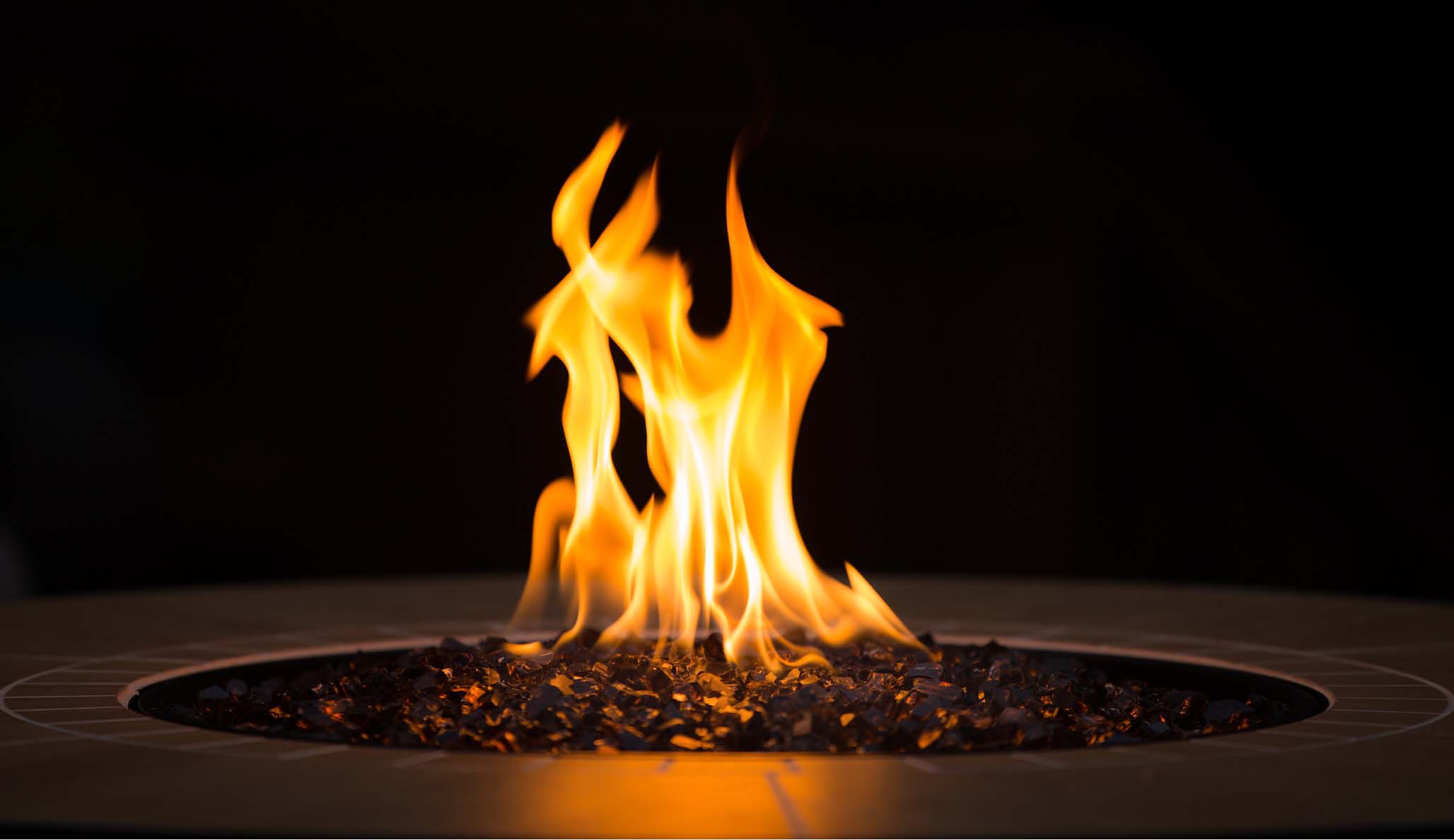
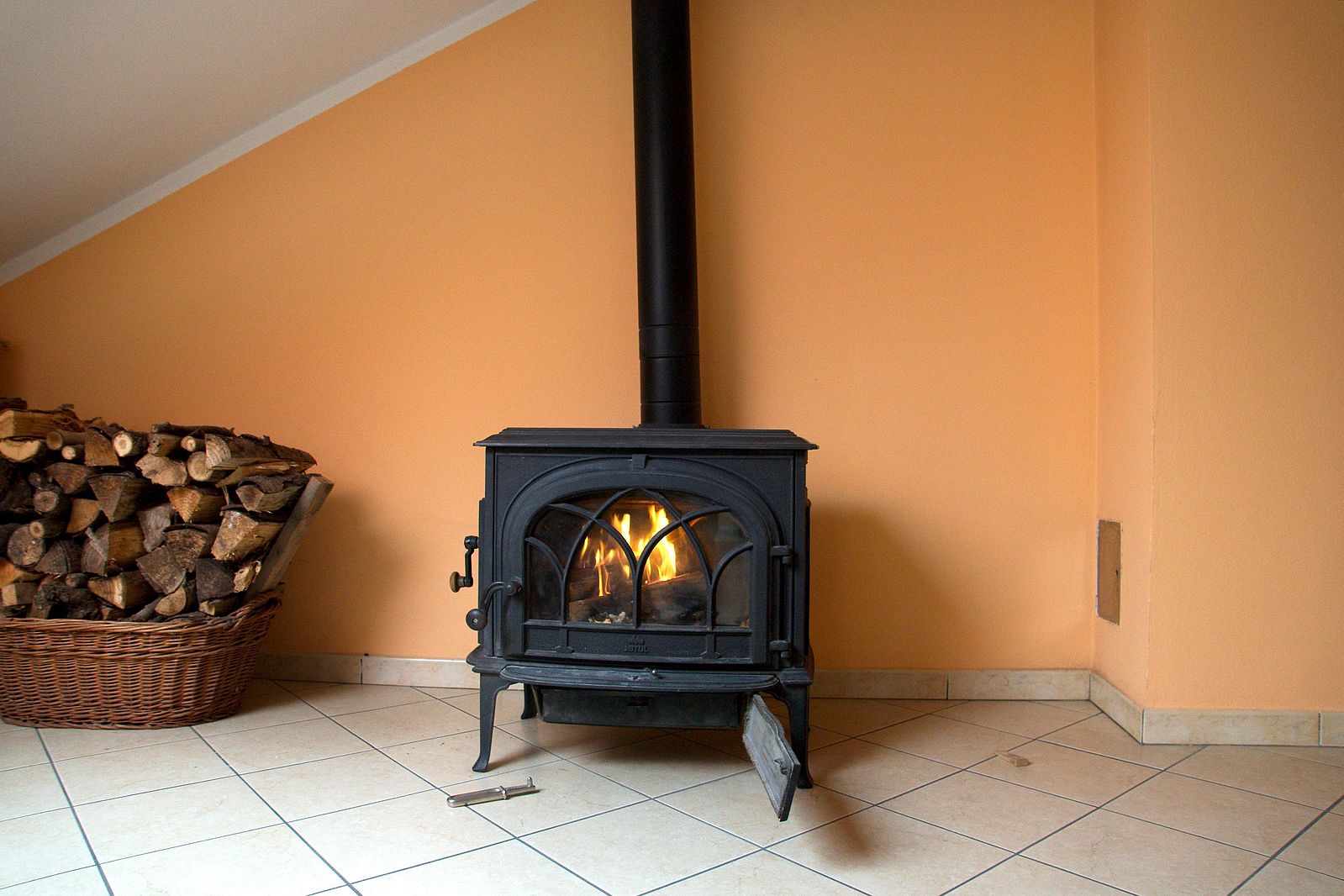
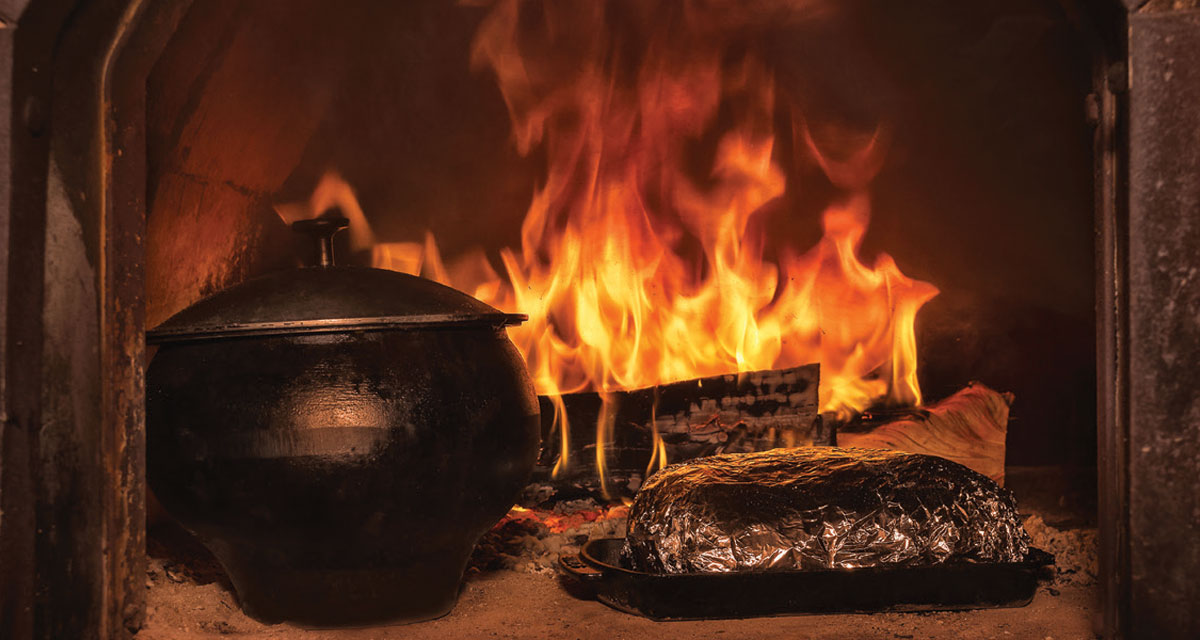
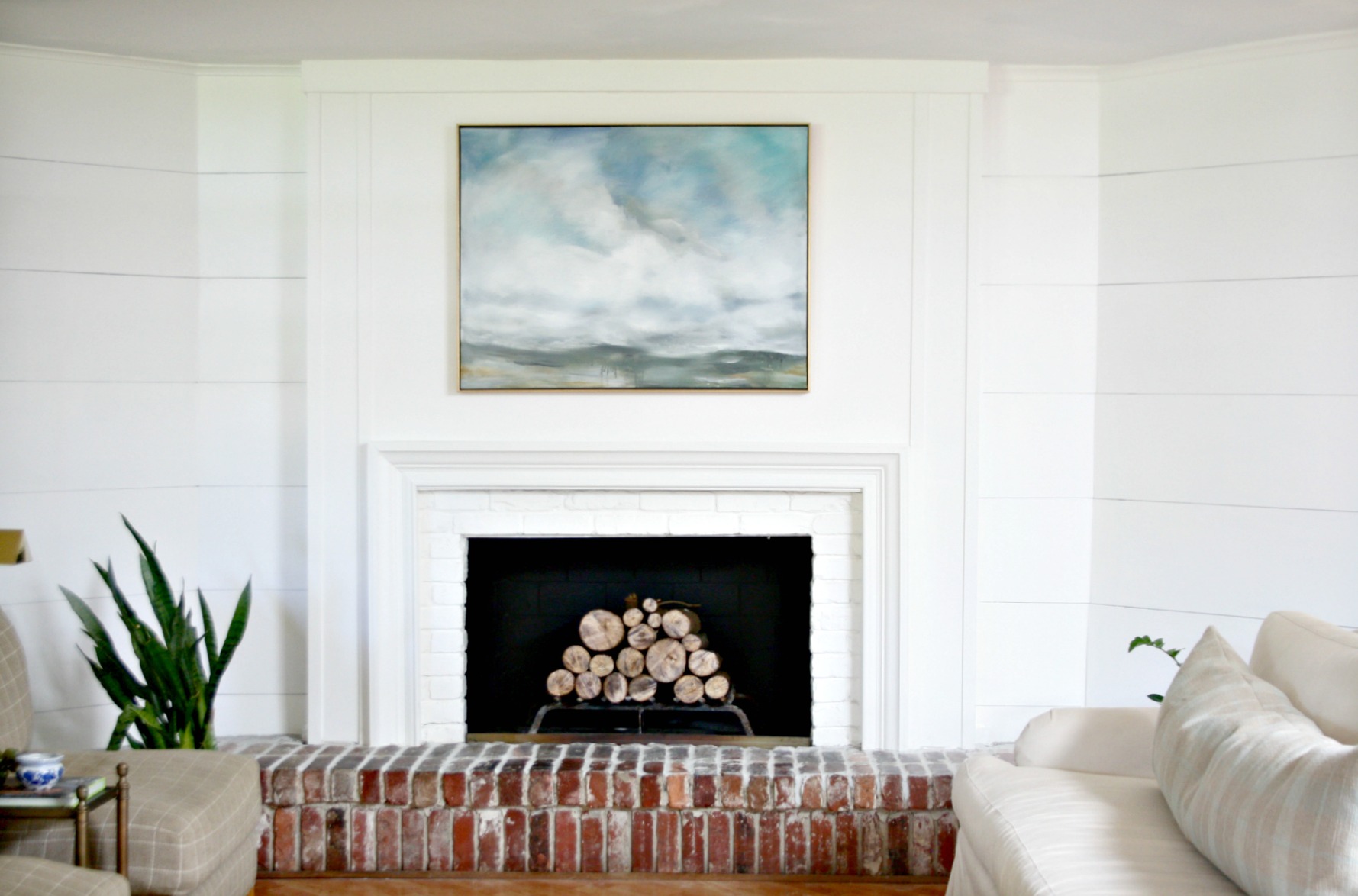
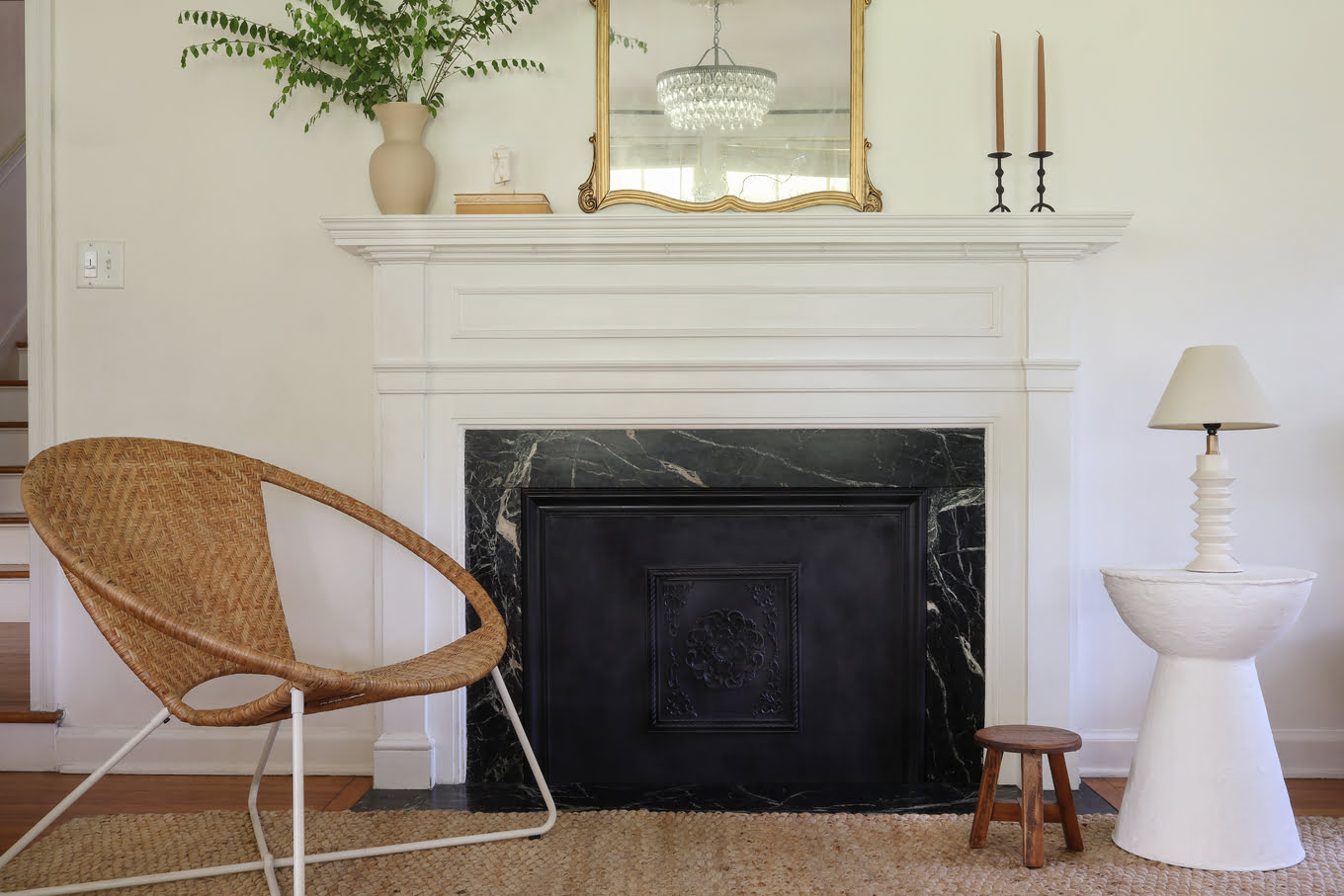

0 thoughts on “How To Heat A House With A Fireplace”